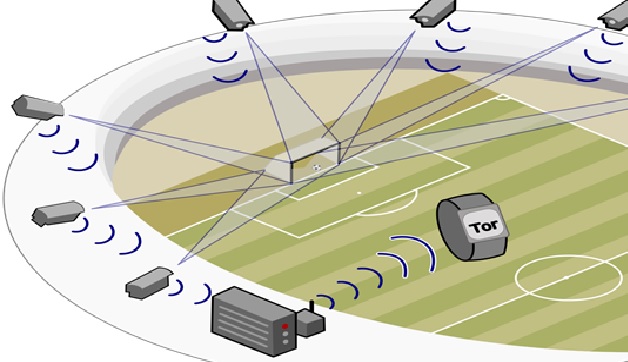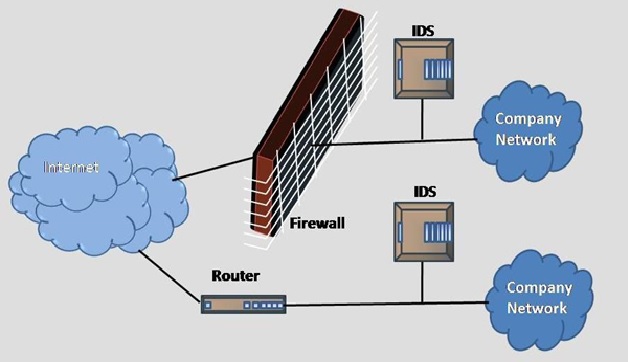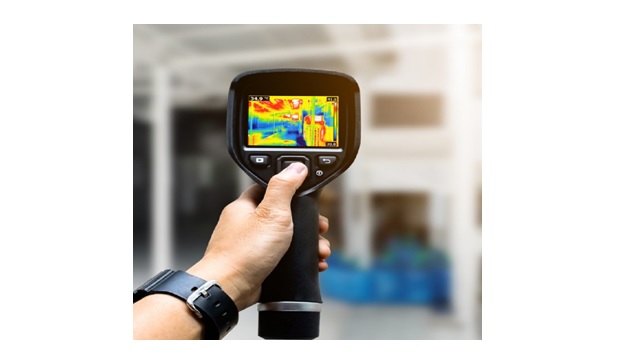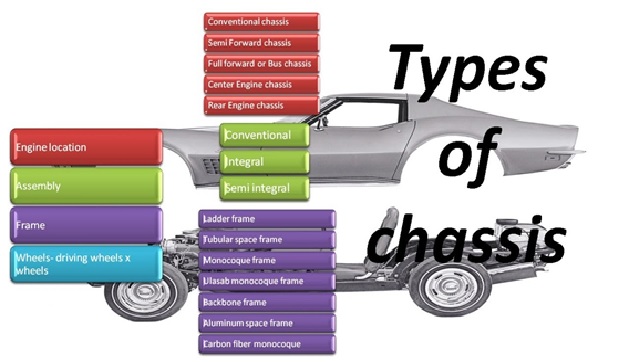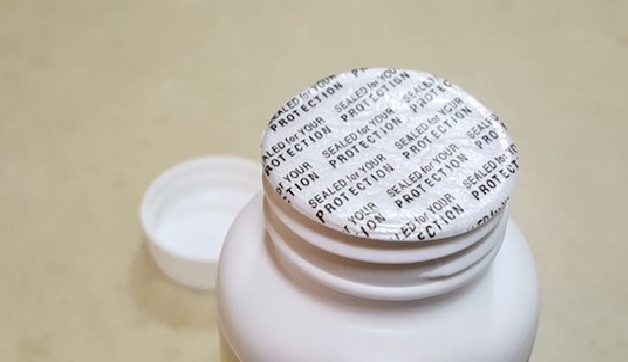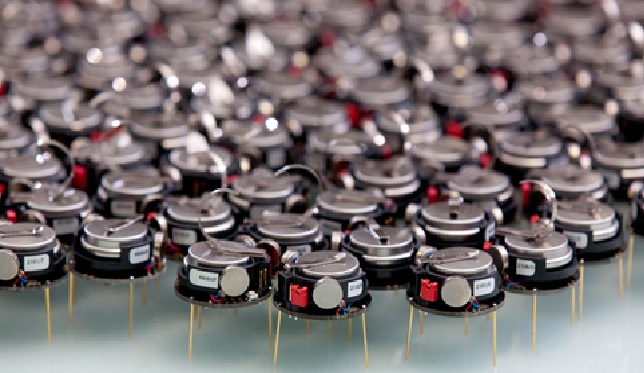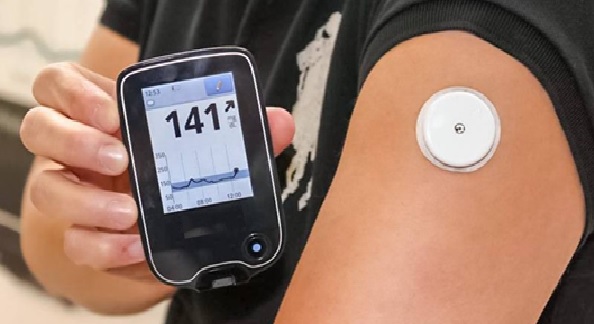The Thermal and Infrared Imaging Technology
Thermal imaging is a method of using infrared radiation and thermal energy to gather information about objects, in order to formulate images of them, even in low visibility environments. It’s a type [1] of technology that has built up a broad range of uses over the years. In particular, it’s an effective form figure1 shown below of night-vision technology, with the capability to work in the total absence of any light.

Figure 1. Thermal and Infrared Imaging Technology
Thermal cameras or thermal imagers are sophisticated devices comprised of a sensitive heat sensor with the capacity to pick up minute differences in temperature. As they gather the infrared radiation from objects in a particular environment, they can start to map out an image based on the differences and inflexions of the temperature measurements.
In general, thermal images are grayscale: with white representing heat, black representing colder regions, and various shades of grey indicating gradients of temperatures [2] between the two. However, newer models of thermal imaging cameras actually add colour to the images they produce, in order to help users better identify distinct objects more clearly – using colours such as orange, blue, yellow, red and purple.
The human eye is only capable of capturing certain light ranges and is also limited in its ability to capture certain high-speed movements or invisible forces. From the heat of a human body to invisible gases, human sight has limitations that can be solved by infrared and thermal imaging technology.
Thermal imaging with infrared cameras expands the "visible" spectrum of the human eye by doing the work an eye cannot. It perceives these longer wavelengths and captures them in a color-coded world that the human eye can understand. Everything in the world with a temperature above that of absolute zero emits some level of heat which can be detected and measured.
Benefits of Thermal Imaging Systems
The person who handles the thermal imaging system is not required to be physically close to the person being evaluated. In fact, the person who handles the thermal imaging system could be in a different area or room. [3]
The thermal imaging system may measure surface skin temperature faster than the typical forehead or oral (mouth) thermometer that requires a close distance or physical contact with the person being evaluated.
Scientific studies show that, when used correctly, thermal imaging systems generally measure surface skin temperature accurately.
References:
- https://www.pyrosales.com.au/blog/thermal-imaging/thermal-imaging-where-is-it-used/#:~:text=Thermal%20imaging%20is%20a%20method%20of%20using%20infrared,a%20broad%20range%20of%20uses%20over%20the%20years.
- https://www.techimaging.com/applications/infrared-thermal-imaging-applications
- https://www.fda.gov/medical-devices/general-hospital-devices-and-supplies/thermal-imaging-systems-infrared-thermographic-systems-thermal-imaging-cameras
Cite this article:
Nandhinidwaraka. S (2021) The Thermal and Infrared Imaging Technology, AnaTechMaz, pp. 50



